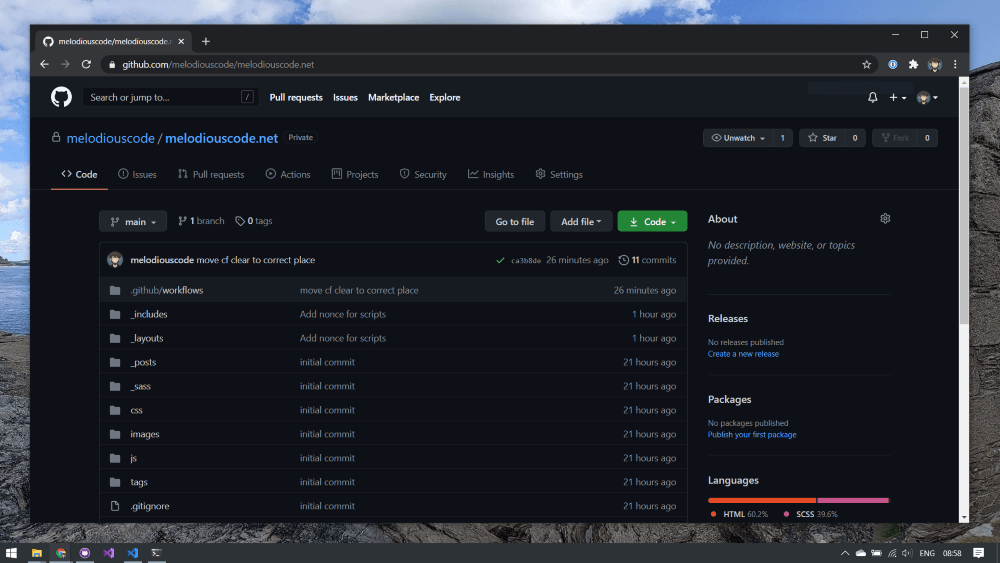As the previous post on this site explained, I have switched this site to a static site generator. The site generator I chose is called Jekyll that can be extended using various add-ons; it also includes a powerful template generator called liquid.
The latest challenge I came across in this migration is creating a sitemap.xml file to allow search engines to discover all the pages on my site. There is a plugin, called Jekyll Sitemap, that can generate a sitemap; however, it doesn’t give me the customisation level required. My solution to creating a sitemap.xml file using Jekyll is to embrace the liquid templating system to make it for me!



